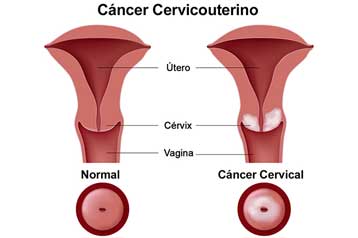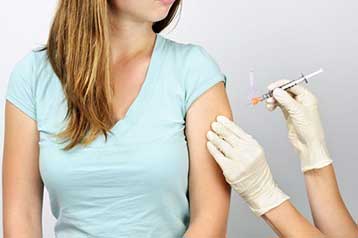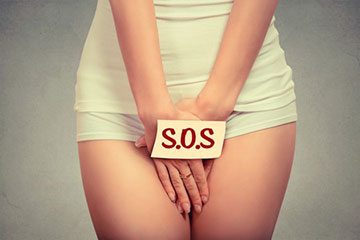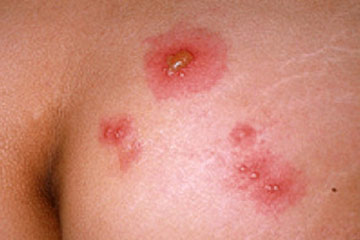Multistate Outbreak of Salmonella Bareilly Infections
FDA NEWS RELEASE
For Immediate Release: April 13, 2012- Moon Marine USA Corporation (also known as MMI) of Cupertino, Calif. is voluntarily recalling 58,828 pounds of a frozen raw yellowfin tuna product, labeled as Nakaochi Scrape AA or AAA. Nakaochi Scrape is tuna backmeat, which is specifically scraped off from the bones, and looks like a ground product.
- The product is not available for sale to individual consumers, but may have been used to make sushi, sashimi, ceviche and similar dishes available in restaurants and grocery stores.
- The company name and Nakaochi Scrape AA or AAA were printed on boxes of the product when it was initially sold to distributors. However, the boxes may have been broken into smaller lots for further sale and may not be available to the end retailer or consumer. Therefore, the tuna may not be readily identifiable by retail outlets or by consumers as being from the implicated lots.
- The Nakaochi Scrape AA and AAA from MMI was sold through distributors to restaurants and grocery stores that make sushi, and has been linked to an outbreak of Salmonella Bareilly, which has caused 116 illnesses in 20 states and the District of Columbia to date. Of the reported illnesses, there have been 12 hospitalizations, and no deaths.
- Many of the people who became ill reported eating raw tuna in sushi as “spicy tuna.”
- If you purchase “spicy tuna” or other sushi, sashimi, ceviche, or similar dishes that might contain Nakaochi Scrape from a restaurant or grocery store, check with the establishment to make sure that it does not contain raw recalled product from Moon Marine USA Corporation, also known as MMI. When in doubt, don’t eat it.
- Consumers who think they might have become ill from eating possibly contaminated raw Nakaochi Scrape should consult their health care providers.
The FDA is working with the Centers for Disease Control and Prevention (CDC) and state and local partners to investigate the outbreak.The FDA is working closely with MMI to identify the implicated product and assist with its removal from the market.






